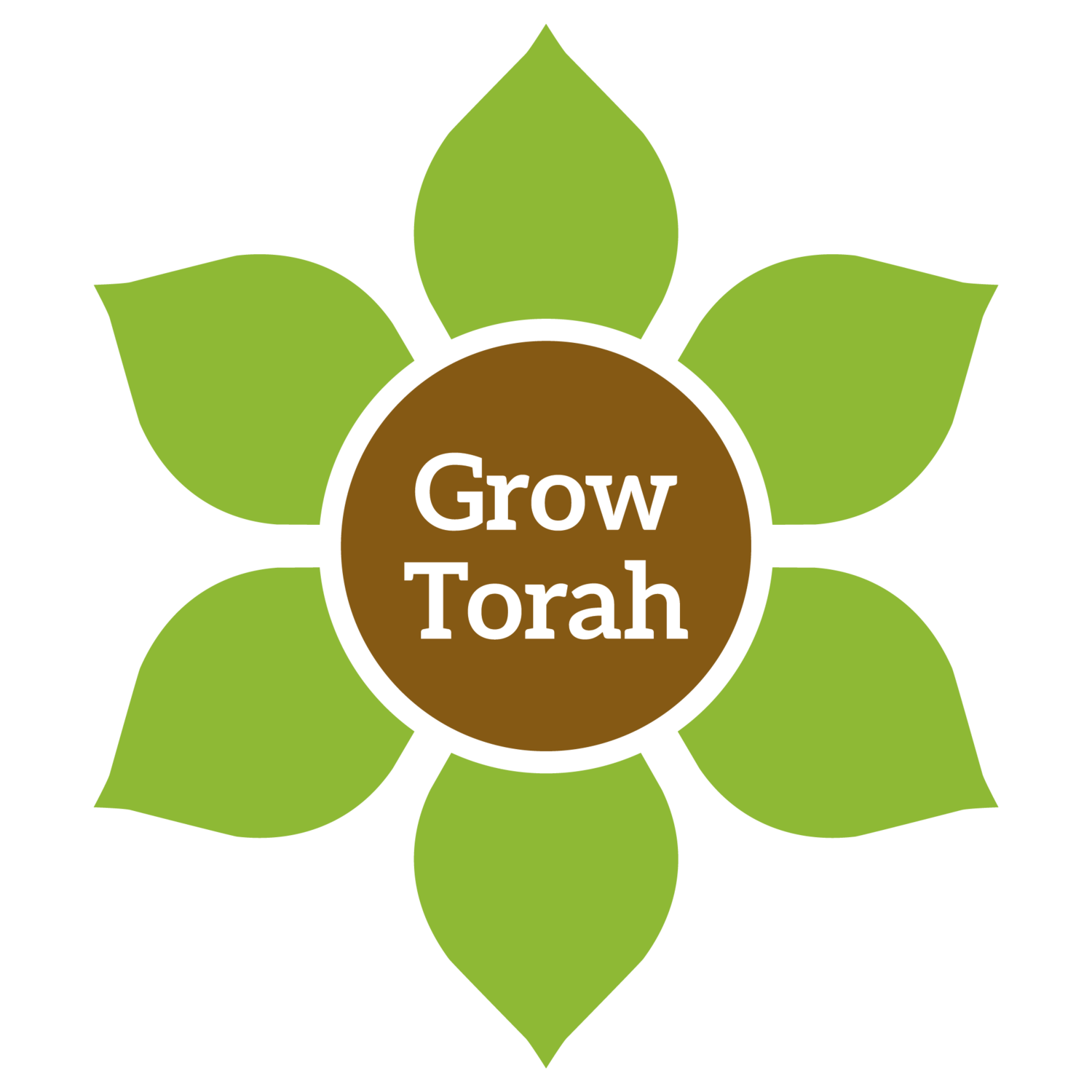Kohlrabi - קוֹלרַבִּי
Agricultural Information:
Family: Cruciferae (Brassicaceae)
Scientific name: Brassica oleracea Gongylodes
Kholrabi is approximately 10 cm in size and weighs about 150g. The edible section is the thick stem. The plant ripens approximately two months after sowing and can persist another month afterwards. In the beginning of its growth, kohlrabi closely resembles cauliflower, broccoli, and cabbage.
Historical Information:
Keruv is mentioned by the Sages in several contexts, including its status vis-à-vis kilayim and kedushat shevi’it. There are at least eight strains of keruv that grew in our region at the time of the Mishnah including cabbage, broccoli, and cauliflower. The Mishnah also mentions kilchei keruv and kolsei keruv, whose descriptions by the commentators of the Mishnah fit kohlrabi, among other vegetables. It is unclear when these plants were domesticated, but it seems certain that during Mishnaic times they grew in our region as important agricultural crops.
Halachic Information:
Kilei zera’im & kilei ilan (interplanting mixed species – annuals & grapevines): Kohlrabi is an annual vegetable, so it is subject to the laws of kilei zeraim and should not be planted or sown near another edible annual or a grapevine. Despite its botanical similarity to various strains of cabbage, eat type is considered a distinct species and proper distances should be maintained between them.
Information about plants as they relate to torah and mitzvot has been generously provided by Mercaz Torah VeHa’aretz Institute.


